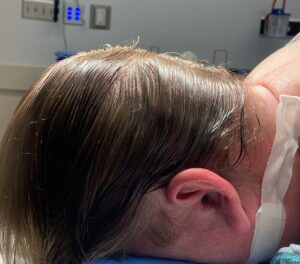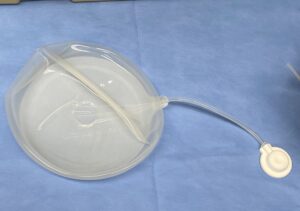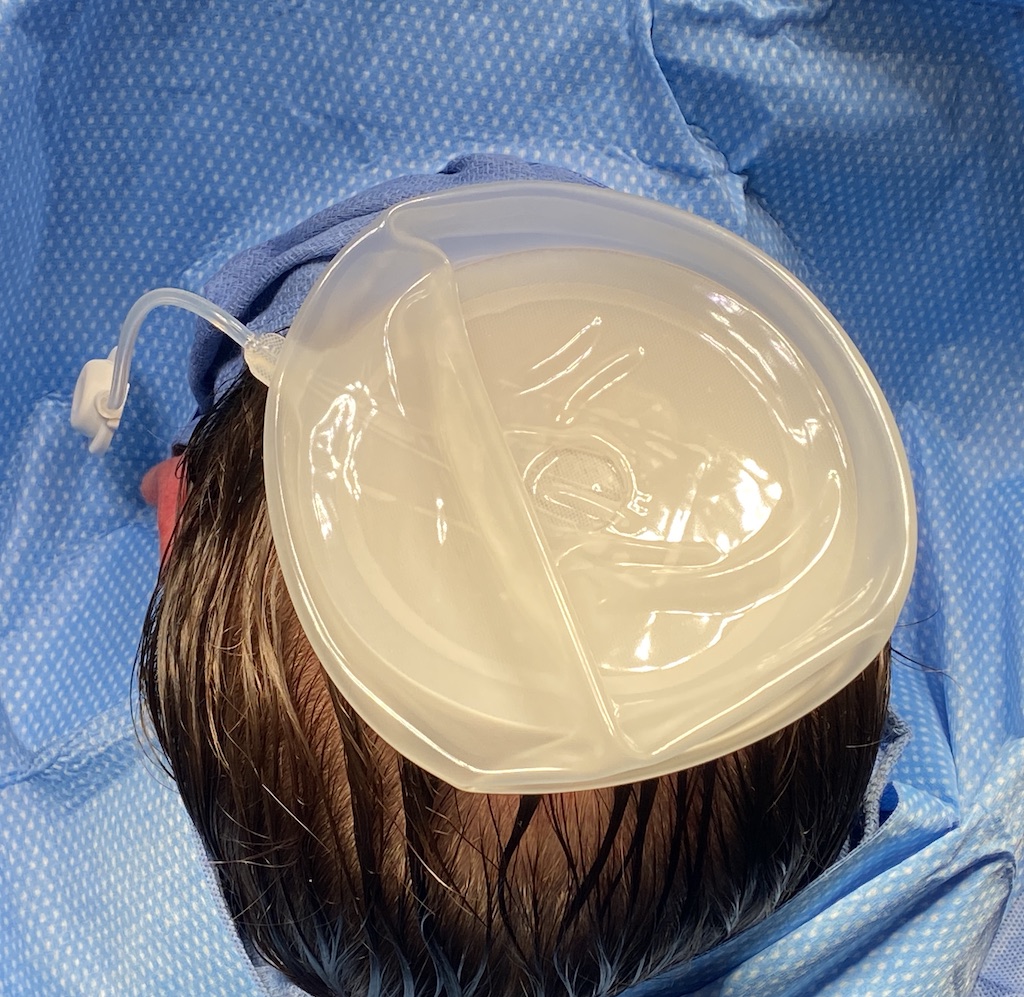Part of the success of aesthetic skull augmentation with custom implants depends on the stretch of the overlying scalp to accommodate it. While the scalp can be released and it has some natural ability to be elongated there are limits. Unlike using a bicoronal scalp incision (ear to ear) in which the extent of the scalp release and subsequent stretch is greater, custom skull implants use very small incisions for placement. With a much smaller incision the release is more limited and the stretch of the scalp is less.
It is also important to appreciate that everyone’s scalp stretch is different. Thinner scalps have less stretch while thicker scalps have more stretch ability. The most predictive factor of scalp stretch is skin pigmentation. Darker skin pigments have thicker scalps an more scalp stretch. Lighter pigment patients have thinner scalps and limited scalp stretch. There are also gender differences, men have thicker scalps than women and a bit more scalp stretch.




The scalp tissue expander is done as an outpatient procedure under general anesthesia. Patients will usually start their own inflation a week later, adding 10cc of saline every 2 to 3 days. The goal is to get the scalp expander volume to the same volume of the custom skull implant design a week or two before the scheduled placement date.
Dr. Barry Eppley
World-Renowned Plastic Surgeon





